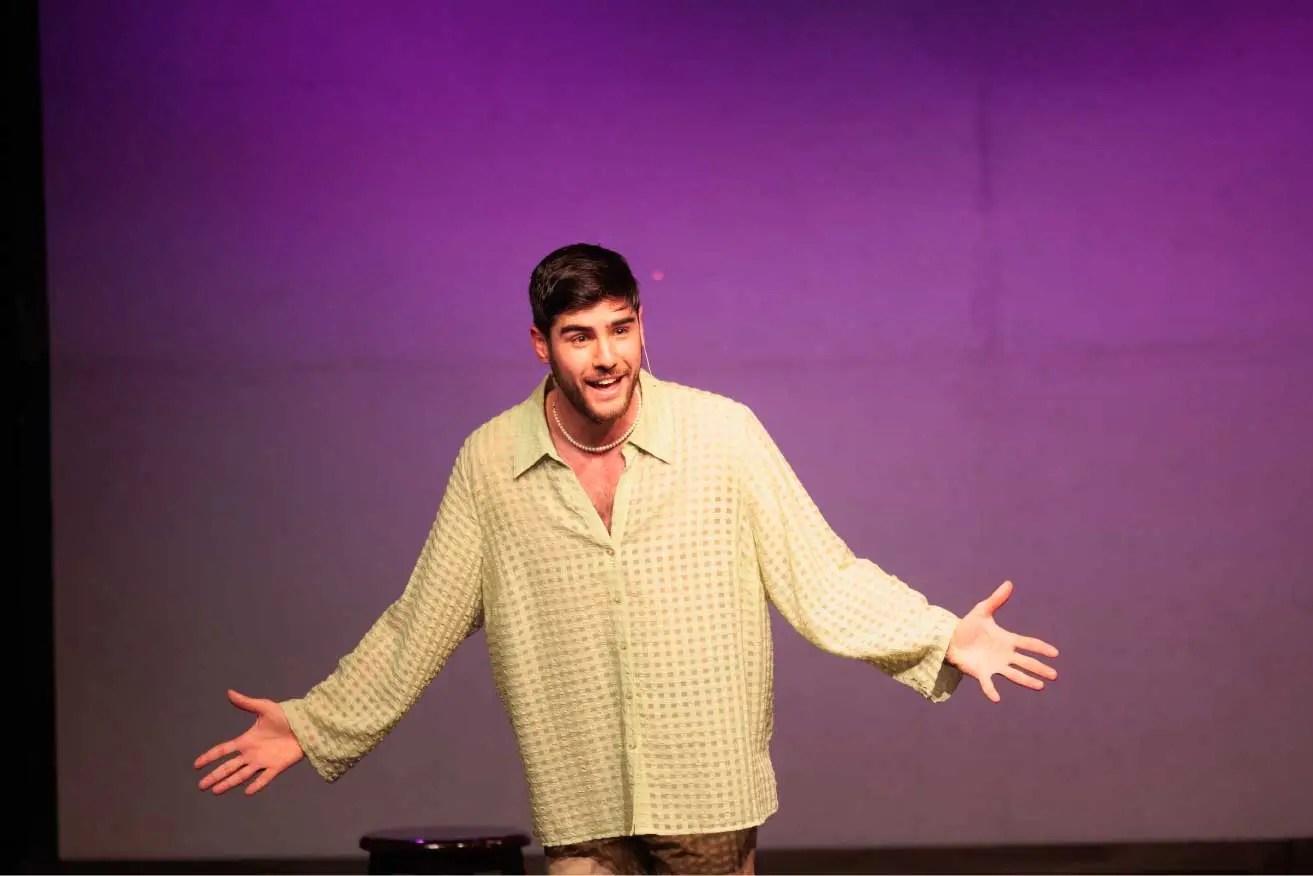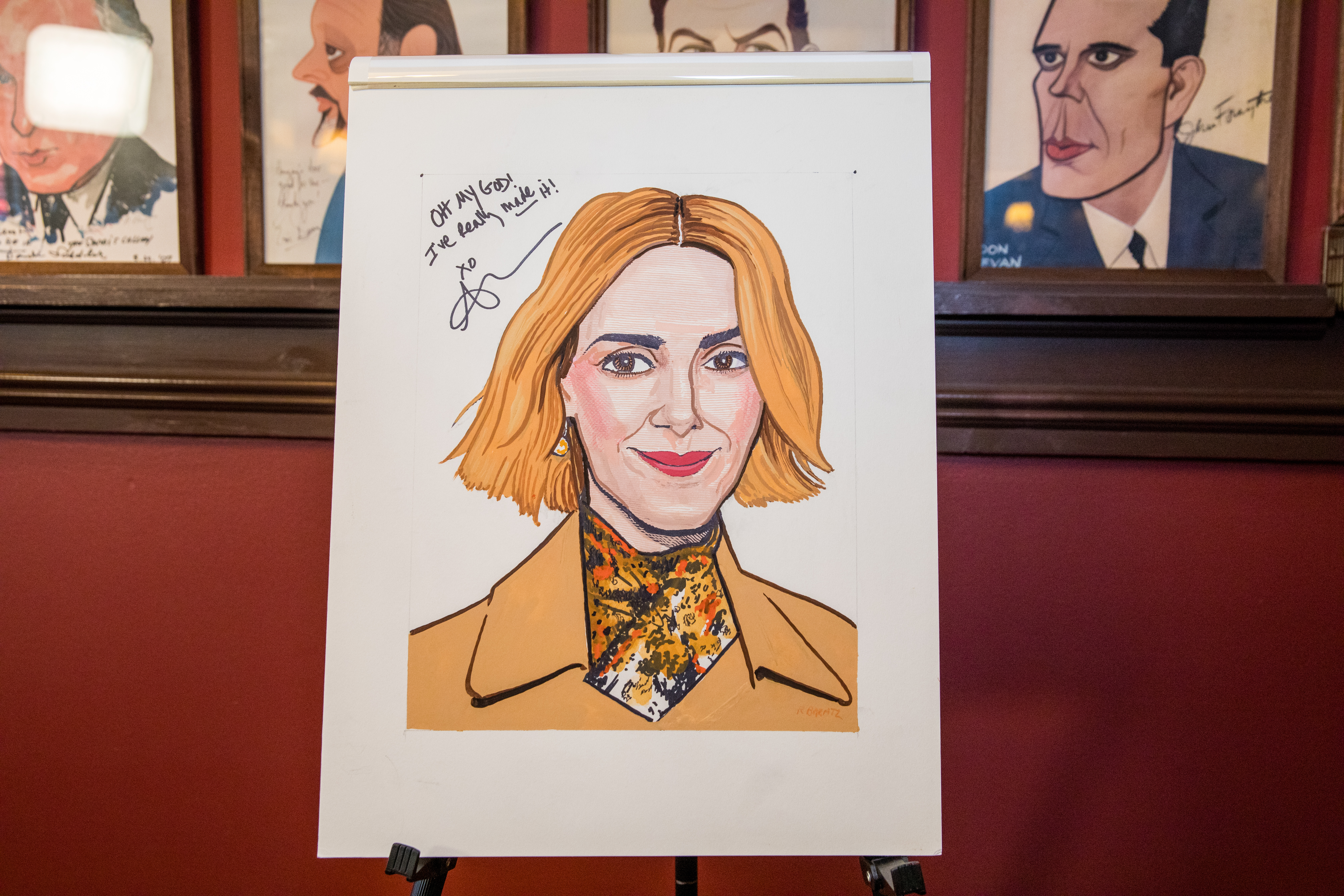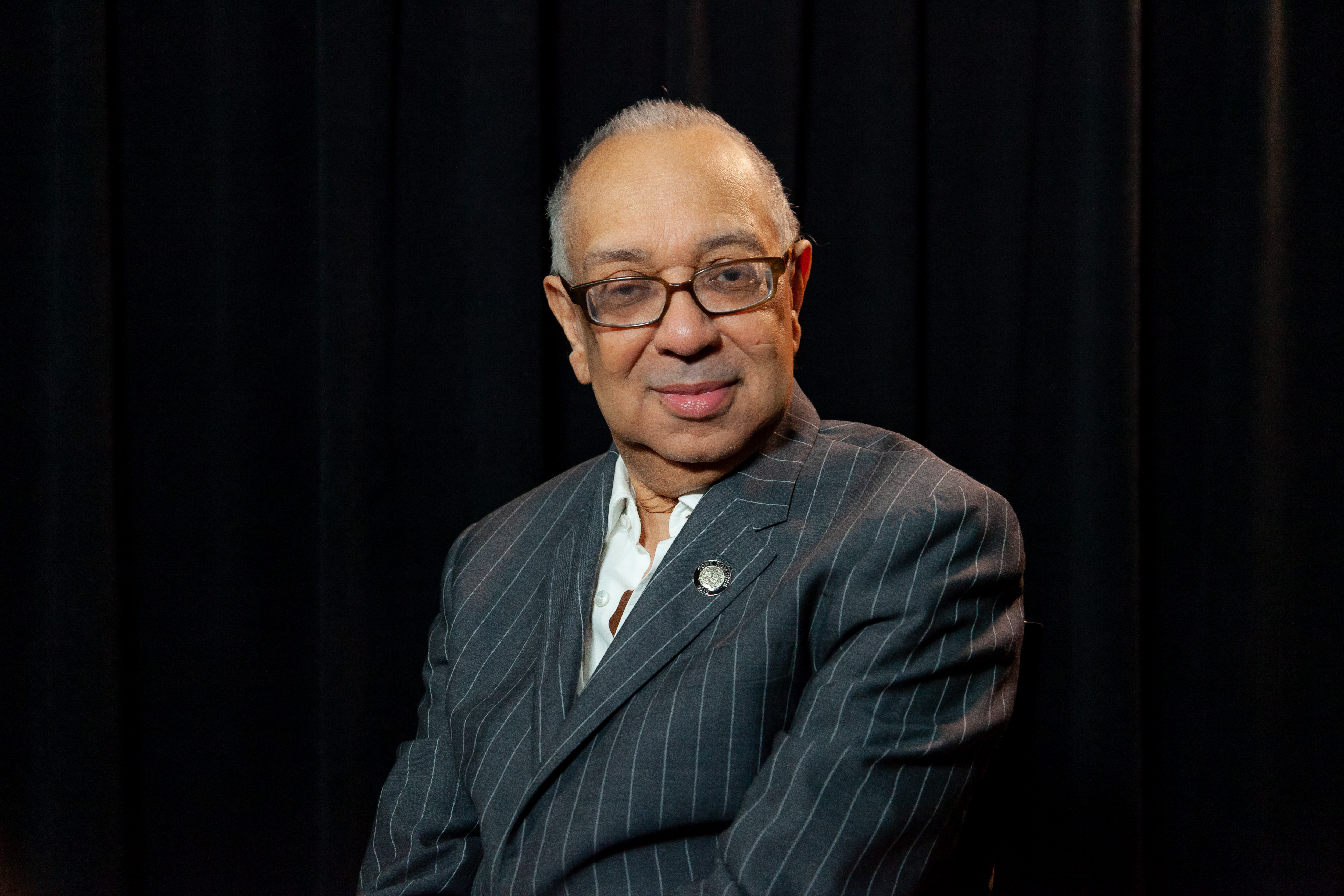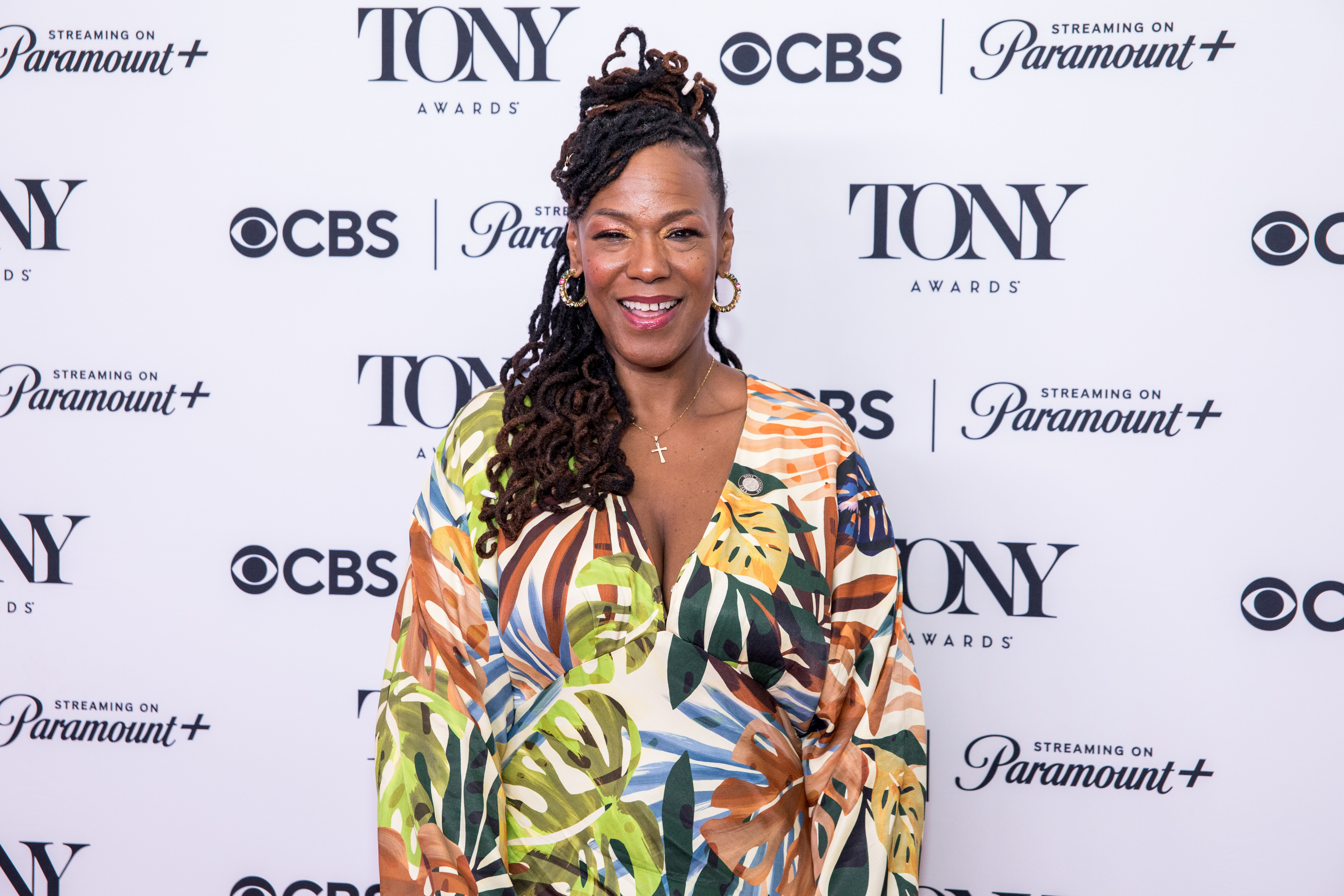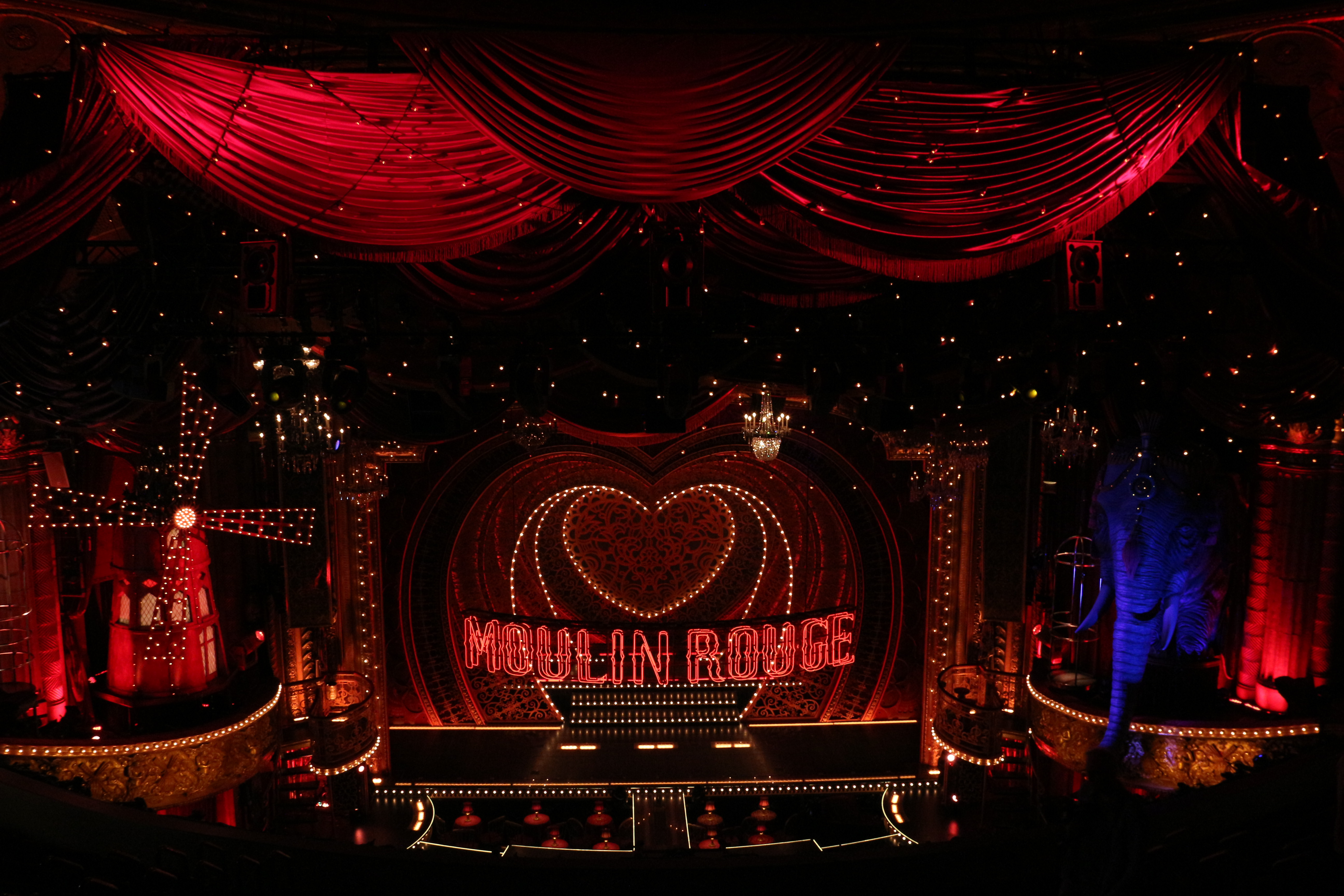Coney Island Avenue

(© Jess White)
A muscular, heavily tattooed man is thrown down repeatedly by a slender young woman. A group of musicians is drowned out by a woman wailing the lyrics to Alan Jackson’s “When Somebody Loves You.” A group of men strike body-building positions as a recording of the Village People’s “Macho Man” is blared over the speakers. These are a few of the vivid sequences in Charles Mee’s collage-like Coney Island Avenue, now receiving its world premiere at New York Theater Workshop’s Fourth Street Theater, under the capable direction of Anjali Vashi.
The piece is an exploration of Brooklyn and the diversity of its inhabitants, represented here by a rather large, multi-ethnic cast. Throughout the 90-minute performance, various characters introduce themselves to the audience with short statements that briefly encapsulate something about them. These bits are actually additions to Mee’s text by the director and actors, and are often quite funny — or just a bit bizarre.
However, there are several characters, written by Mee, who make repeat appearances, such as Harry (well played by Max Jenkins), who begins the show by reading from Betty Smith’s A Tree Grows in Brooklyn. The closest the piece ever gets to a linear narrative is the story of Yusef (Sam Ghosh) and Anna (Nitya Vidyasagar). Exhausted from late-night conversations, the frustrated Yusef tells Anna to leave their apartment and go back to her father’s house. As a concession, he tells her she can bring whatever she loves or cannot live without. So, she waits until he’s asleep and then takes him. It’s a sweet love story embedded into Coney Island Avenue, as the slumbering Yusef is taken through the streets of Brooklyn, as well as his own dreamland. Somewhere along the way, there’s even a fabulous Bollywood dance sequence.
Several performers make memorable impressions, such as Angela Bonacci as a strong-willed Ukranian woman, and Jennifer Leigh Cohen, who performs a manic dance that has her literally throwing herself against the walls of the space. In fact, while the cast is uneven in its acting ability, nearly all of them commit fully to their physical intentions, and come together as a strong ensemble.
Another crucial component of the production is the use of video, produced and filmed by Christopher Zalewski, that is projected onto a large screen at the back of the space. The images do not necessarily directly correlate to the spoken text, but often provide an atmospheric backdrop to what’s happening onstage. Additionally, the footage incorporates a couple of monologues by a YouTube personality known as “The Kid from Brooklyn,” with a sequence about Starbucks being one of the show’s highlights.
Mee is well known for integrating other people’s words into his plays, and this piece is no exception. His list of sources range from the Tales of Birbal from the court of Emperor Akbar, to blogs and podcasts from the internet. As with many of his works, plot and character are secondary to emotional truth and visual imagery. So, while it’s not always clear why certain things are occurring at any given time within the piece, it all does add up to an engaging experience that can be appreciated for the sum of its parts.




